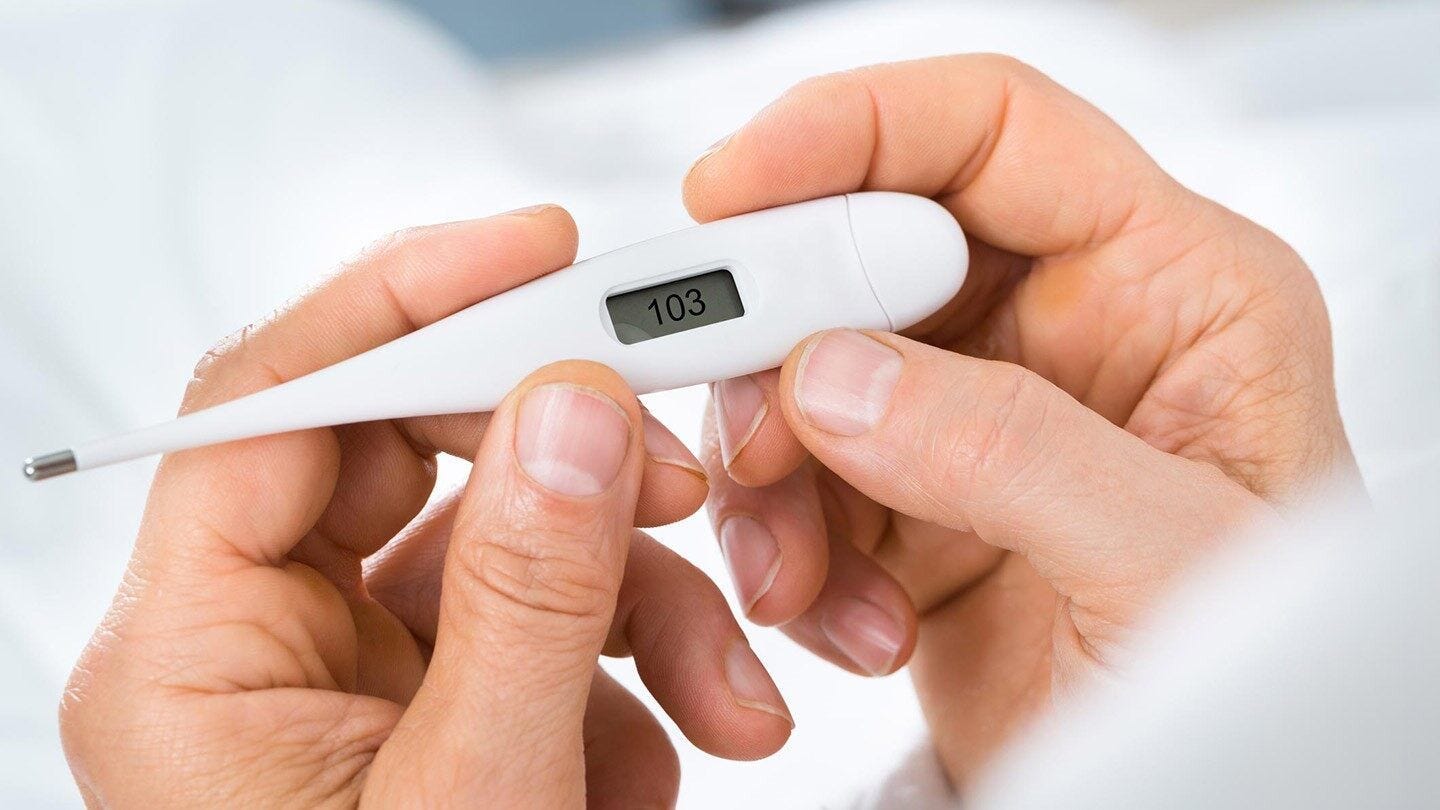#29: TTD Q2/2022 Results
TTD’s historical Q2 net revenue has been a near-perfect bellwether to predict full-year results; What will this Q2 bring? What does it mean for FY22?
Reading Time: 7 minutes.
First Things First
There are only two objectives that matter most in Programmatic Land:
Ability to attract ad budget into a platform. This is what TTD calls “gross spending”. Criteo books it as topline revenue. Quo Vadis calls it “ad flows.”
Ability to extract fees (aka “take-rates,” “rent” or “price”) from ad flows.
Given competition theory and the programmatic market’s maturity, not to mention increasing calls for fee transparency, it is reasonable to conclude that take-rates will move down over time. Slowly but surely, we see downward movement from both CRTO and TTD.
Finding the right balance within the competitive struggle between high take-rates (disclosed or undisclosed) and low-ball rates to win over customers is becoming an increasingly delicate dance for the 18 adtech players we track in the space.
It’s basically a Goldilocks problem: Take too much, and advertisers/publishers get their underwear in a bunch. Take too little to win deals, and you go broke. Take just the right amount (but on the high side), and everyone is happy (until things change).
In this same competitive spirit, attracting and maintaining ad flows is getting harder for many players all looking to eat from the same programmatic pie (which may not have much growth in it).
But what most adtech outsiders miss is the symbiotic unit economic relationship between ad flows and take-rate competition.
Ad flow attractiveness for any particular player drives QPS (queries per second) volume up, which, in turn, drives marginal cost down.
Since take-rates (the price charged for services) are market-dependent, and all the adtech players are chasing a finite ad flow pie, the race is about arriving at a place where an accepted price is greater than the marginal cost by the time the programmatic marketplace reaches maturity — which is pretty much now.
How do we know we’ve reached maturity in open-web programmatic ad flows? We don’t. But Criteo and The Trade Desk are the only big ones (besides Google’s open-web giant apparatus) with thousands of customers (both agency and direct), so Q2 and Q3 earnings will likely provide a clear signal.
Case & Point: Amazon’s digital ad revenue grew 18% YoY to $8.76B in Q2 — more than analysts expected, outpacing Google and Facebook. According to The Hustle, “Amazon ads are 68% cheaper than Google’s and 44% cheaper than Facebook’s when comparing average cost-per-click. Insider Intelligence analyst Andrew Lipsman told CNBC that Amazon is more likely to offer an ROI, key for brands worried about a recession.”
Translation: Amazon’s marginal cost to crunch data, bid requests/responses (for sponsored listings and display ads on owned and operated inventory and also on other 3rd party open-web sites) as well as the compute cycles to track it all is so competitively low (think AWS infrastructure scale) that Amazon can price ads much lower than competitors and sill generate a healthy contribution margin.
The Four Horsemen of Open-Web Programmatic Land
Criteo reported on August 3. It was so-so.
Gross Revenue (ad flows) was down –10%, net revenue was up +1%.
Criteo’s client base is a mix of large brands and thousands of SMBs, but it’s pretty much all direct-response transactional ad spend, so the gross revenue decline is telling in our eyes.
Gross margins were up 9% from 33% in Q2-21 to 37%, so either Criteo was able to “turn the gross margin dial” across its large client base and/or the newer lines of business (Retail Media) are cranking better margins.
Either way, the main storyline is to question not if but by how much advertisers are pulling back budgets and/or shifting toward more quality as we head further into the cyclical trough.
Pubmatic reported today.
Consensus had Q2 net revenue at $60.64M (+22.1% YoY), but PUBM netted $63.0 million (+27% YoY) and beating consensus by 5%.
PUBM processed 36.2 trillion impressions in the second quarter, an increase of 79% over a year ago.
Total costs (cost of revenue + operating) increased by $13.8M, so the increased impression production suggests a competitive marginal cost at 1/1250 of a penny (approaching zero).
The Trade Desk and Magnite report Q2 earnings later today. We can’t wait!
Getting a read on these four players as a whole should provide some nice puzzle pieces to clear up what currently remains unclear as far as predicting what the rest of the year will hold for programmatic ad budget flows and the knock-on effects for take-rate competition.
If TTD catches a cold in Q2, will full-year 2022 will be a flu?
The Trade Desk is by far the largest of the Four Horsemen when it comes to ad flows and net revenue, so they’re the one to keep a close eye on.
And as it turns out, Q2 happens to be a near-perfect predictor of what TTD will likely bring in for full-year 2023 net revenue. Let’s break it down to take a stab at what TTD will report for Q2-22 in terms of gross revenue (“ad flows”) and net revenue.
1. Look at Historical Q2 Net Revenue and Make One Adjustment
TTD’s historical Q2 YoY performance was steady except for Q2 2020 when the pandemic freaked everyone out and it fell by –13%.
Flash forward one year later after the “V-Shaped” recovery — supercharged with money printing and low interest rates driving consumers to consume — and TTD’s Q2 2021 net revenue got a big 102% pop, jumping from $139M to a whopping $280M.
After we adjust Q2 2020 as if the pandemic shock never happened, TTD would have had around $220M in net revenue instead of $139M.
2. Historical Q2 YoY % Change in Net Revenue
After we adjust Q2 2020 from $139M to $220M, the percentage growth rate curve is normalized (the blue line in the adjusted chart).
The smoothed curve replaces a –13% drop with a normalized 38% growth rate for Q2 2020 and also brings Q2 2021 down to +27% from +102%.
3. Annualize Q2 Net Revenue
Now, let’s take the Q2 net revenue in each year and multiply it by four to get an annualized view.
Then we can compare Q2 annualized net revenue to TTD’s actual historical full-year performance — it’s darn close every year!
4. TTD’s Q2 Net Revenue is 99% Correlated with Full-Year Performance
Even though we only have six years of data points, regression models don’t get much better than this when it comes to correlation.
As we look forward to Q2 performance and full-year results in Feb 2023, it will be telling to see if that pattern deviates or remains true.
Investors should dig in either way by asking more questions about TTD’s book-of-business composition (e.g., how much of it is managed-service, labor-intensive work handed down from agencies).
5. Predicting Q2 2022 YoY % Change
After normalizing for Q2 2020, we get a smooth YoY percentage growth rate curve.
Over time, growth rates always move down as addressable opportunities diminish (e.g., fewer addressable customers, less ad flows to capture) and market composition changes (e.g., marketer mindset shifts in favor of quality and more direct buying).
If the past is a good predictor of the future, Quo Vadis predicts TTD’s Q2 2022 net revenue will be around +27% more than Q2 2021, or $356M ($280M Q2 2021 x 1.27).
6. Quo Vadis vs. Consensus Opinion
Analyst consensus has TTD Q2 2022 net revenue coming in at $365.
If our Quo Vadis prediction comes true at $356, then TTD will report a big miss.
Even if management makes Q2 net revenue $365M as expected by consensus opinion, they will still miss on a full-year basis by 8% if our prediction comes true ($1.46M vs. $1.58M expectation).
Analyst consensus expects full-year 2022 to come in at $1.58B, which would be 32% better than 2021 at $1.19B.
However, if Q2 remains a reliable full-year predictor, then TTD will likely fall well short.
The Bottom Line
If Q2 performance remains highly correlated to full-year performance, then 2022 net revenue will be a big disappointment for investors, coming in at $1.42B on our estimated $356M in Q2.
If TTD does only $1.42B in full-year net revenue while maintaining ~19% take-rates, which have behaved at a near-constant rate in the past — albeit falling from 21.5% to 19.5% — then gross ad flows to TTD in 2022 will be $7.5B.
If so, $7.5B will almost certainly look like a material deceleration from 47% in ad flow growth from 2020 to 2021 and register just 21% growth in the current year.
Ask Us Anything (About Programmatic)
If you are confused about something, a bunch of other folks are probably confused about the same exact thing. So here’s a no-judgment way to learn more about the programmatic ad world. Ask us anything about the wide world of programmatic, and we’ll select a few questions to answer in our next newsletter.
Join Our Growing Quo Vadis Community
Was this email forwarded to you? Sign up for our monthly newsletter here.
Get Quo Vadis+
When you join our paid subscription, you get at least one new tool every month that will help you make better decisions about programmatic ad strategy.
Off-the-beaten-path models and analysis of publicly traded programmatic companies.
Frameworks to disentangle supply chain cost into radical transparency.
Practical campaign use cases for rapid testing and learning.













First - incredible research, insight, due diligence, some of the best I have read on adtech.
Please don't take this as a negative..... but
Why were you so certain TTD would miss Q2 and FY 2022 earnings? Have you changed your opinion?
Why (from last few videos) is Rocco so convinced TTD is so over valued and CRTO is under valued - when over the last 10 years CRTO has pretty much executed poorly in almost every challenge while TTD has grown their business through all the same challenges.
Why / how has CRTO done anything to make you think they can start growing their business / better competing with the likes of TTD?